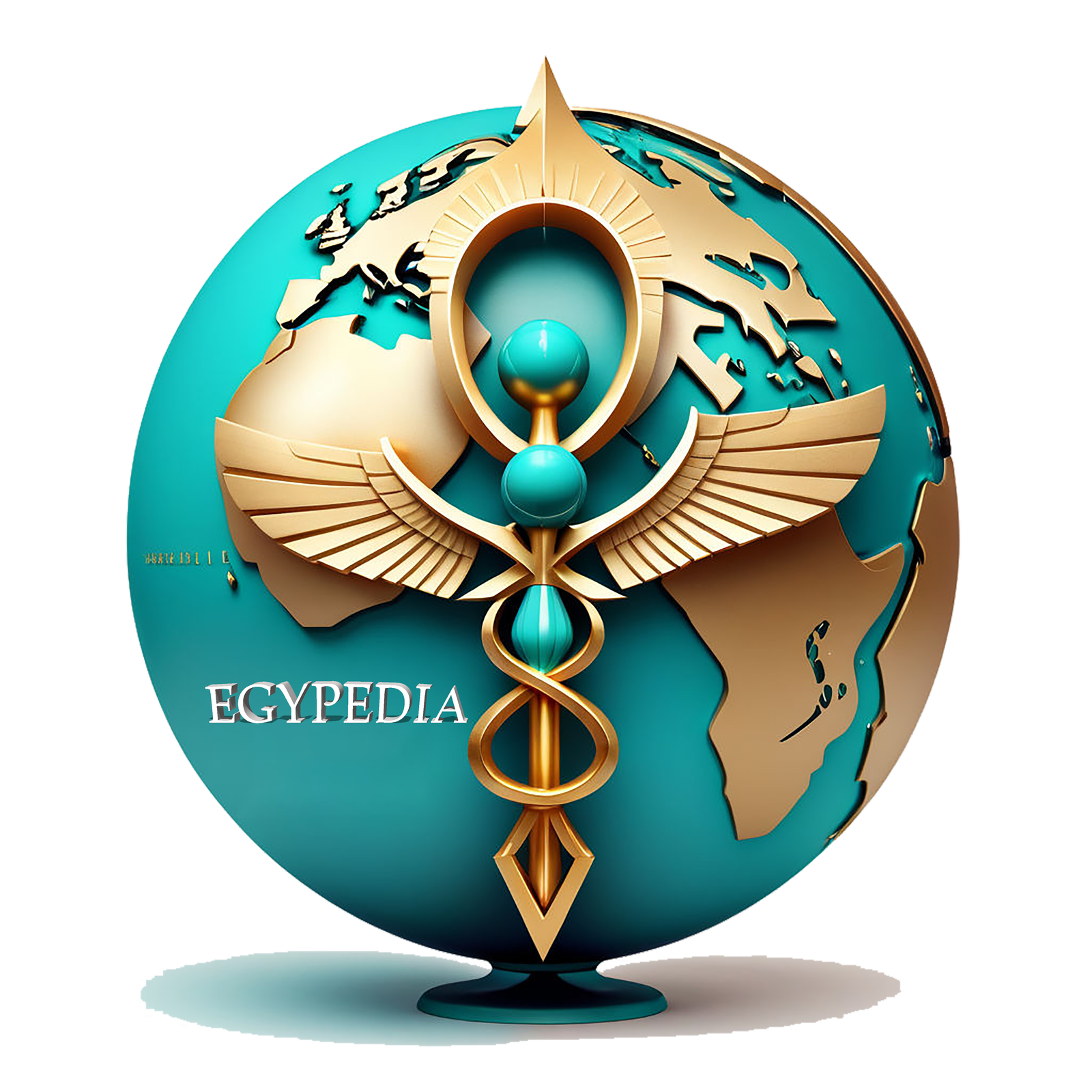Egyptian literature
for your peace of mind
About Egyptian literature
The ancient Egyptians knew different types of literature since ancient times. In ancient Egypt, there were stories that the ancient Egyptians told for entertainment or to convey the content and essence of a message or moral wisdom. The oldest and most beloved story among the Egyptians was “the story of Sinuhe.”
Ancient Egypt
Autobiographies were the oldest form of ancient Egyptian literature, and there are many examples of high quality, including the autobiography of the official “Weni,” which came from his tomb chapel in Abydos.
At the end of the Fifth Dynasty, long religious texts known as the “Pyramid Texts” began to appear, and they were first seen in the pyramid of King Unas in the Saqqara region. There was also funerary literature that talked about what the deceased finds during his journey in the other world.
Greek era
Alexandria was a center of Greek literature in the Hellenistic era, and Callimachus is considered the most prominent poet of Alexandria. Narrative poetry, elegies, lyric poetry, and short pieces were among the most beloved types of poetry in the hearts of Alexandrians. This poetry had a Greek character, and some of it was derived from ancient arts and others from the imaginations of contemporaries.
Coptic era
Coptic literature was greatly influenced by Greek literature, to the point that many writers were forced to write in the Greek language that was widespread in the world at that time, and their writings were translated into Coptic.
Examples of Coptic literature include the writings of Anba Anthony and Anba Pachomius, and the speeches and sermons of Anba Shenouda. The translation of the Bible is considered the most important literary production for the Copts of Egypt.
Islamic era
With the spread of Islam, Islamic literature flourished, and reached its peak in the eighth century AH – 14 AD with the emergence of the Egyptian school of encyclopedias, such as Al-Nuwayri’s work “Nihayat al-Arb fi Fanun al-Adab.”
In the Fatimid era, the literary movement flourished, and this was helped by the Fatimid interest in libraries and books. The Fatimids were interested in poetry and oratory, and one of their most famous poets was Ibn Hani Al-Andalusi.
In the Mamluk era, an Egyptian school arose that specialized in writing encyclopedias on various literary and political aspects. Artistic prose and poetry flourished, as well as various literary and poetic debates, and the most famous writer in the Mamluk era was the writer “Ibn Abd al-Zahir.”
The Modern era
Fictional literature, including novels and short stories, has flourished greatly in the modern era, and the literary arena has been filled with many writers and thinkers who have achieved wide international fame. Among the most famous of these writers is the novelist Naguib Mahfouz, who won the Nobel Prize in Literature in 1988.
Tawfiq al-Hakim is considered one of the pioneers of the Arabic novel and playwriting in the modern era, and his influence extended to many successive generations of writers and creators. His books include: “The People of the Cave,” “The Return of the Soul,” “Isis,” and “Soft Hands.”
One of the most famous writers of stories and novels in Egypt was also the writer Ihsan Abdel Quddus, and his works were presented in cinema, television, and theater. Among his books are: “Do not extinguish the sun,” “There is a man in our house,” “The Thin Thread,” “The Empty Pillow,” and “My Father is on the Tree.”

